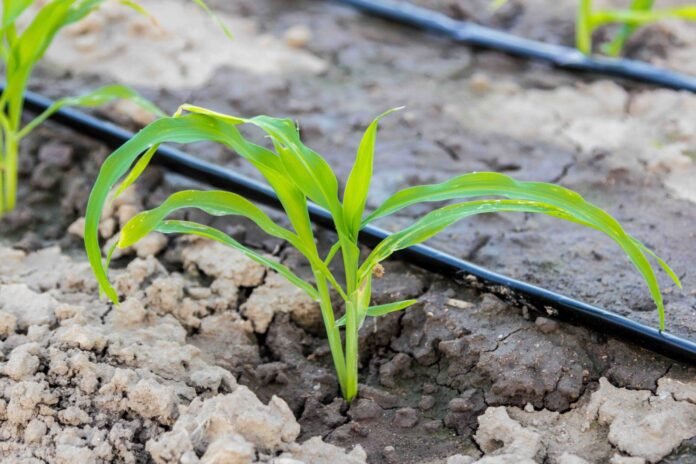Plants need water. Be it in the form of rainfall or artificial irrigation, crops thrive in the presence of adequate water.
Nowadays, many types of irrigation techniques are becoming popular in the fields. One such technique is the Drip irrigation technique. Drip irrigation, or as it’s called trickle irrigation, involves the slow dripping of water on the soil so that it enriches the soil with nutrients and even provides water to the plants.
This technique has the potential to help in saving water because it allows the water to drip and seep through the soil at a slow rate (2-20 litres/hour) so that water reaches all the parts of the ground, thus providing the appropriate and precise amount of nutrients to each plant. With the drip irrigation technique, every shrub and bush present receives the correct amount of nutrients per their requirement.
It starts with a simple connection to a hose or spigot dependent on the system. Then you connect it with a zone irrigation controller, and from zone valves, click the main supply lines, and there you have your drip irrigation supply lines. Lay your plan, label your zones and install your kit.
What are the benefits of using the Drip Irrigation technique?
This technique has varied advantages through which it manages to make the best use of water in required amounts. This technique is widely used in many parts of the world due to its advantages and management benefits.
- Water management: Drip irrigation directs targets at the root zone. This ensures that the water being provided does not get wasted in other non-important areas that won’t benefit the plant.
- Prevents Soil erosion: Drip irrigation operates through a technique of slow water dripping. This helps to reduce the amount of soil runoff and, in some cases, even helps strengthen the soil binding capacity.
- Energy saving: Drip irrigation technique works on low pressure and does not require overhead pressure tanks. This helps save a lot of energy in the operation of Drip irrigation.
- Reduced Weeds: weeds start growing when the empty area between plants receives excess water. But this doesn’t happen with drip irrigation because it waters the plants directly, so the open space won’t receive any extra water. This reduces the chances of weeds growing in the area.
- Healthier plants: When plants are watered directly overhead, they stay wet for a long time, even after rinsing. This causes leaf discolouration and spotting in the leaves, which may prove unpleasant and even harmful to the plants. But since in drip irrigation, the root areas of plants are directly targeted, the leaves remain dry and less affected by any discolouration or spots.
- Reduced nutrient runoff: With the typical irrigation setups, a lot of water runs off the soil surface, thus causing soil erosion and depleting the nutrients in the soil. But since drip irrigation reduces soil runoff and erosion, it indirectly resolves the nutrient runoff problem.
- Weather independent: While some irrigation techniques depend on rain and other weather conditions, Drip irrigation performs consistently in most weather conditions and is not interdependent on any weather.
Conclusion
So, if you are planning to adopt a technique for irrigation, why not embrace this technique? So, why wait? Learn all about this irrigation technique and apply it in your fields to gain a better advantage in your harvest.













